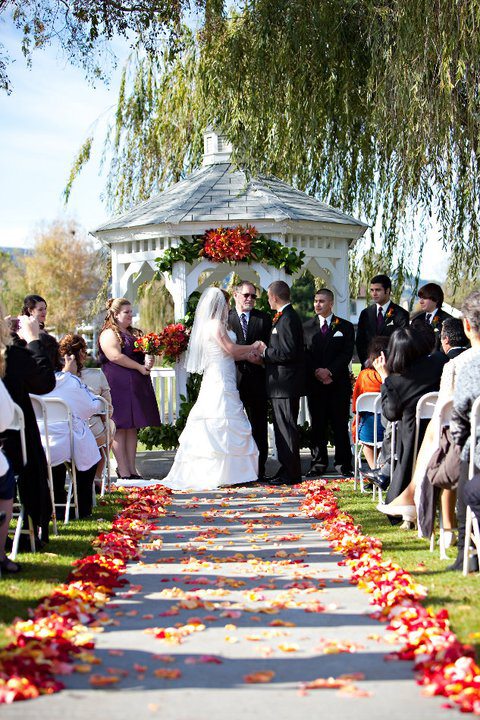Who Usually Pays for Wedding Costs?
Planning a wedding is an exciting yet daunting task. One of the most significant aspects of this planning process is determining who will bear the financial burden of the wedding costs. Traditionally, there have been established norms regarding who pays for what, but these customs are evolving. In this blog post, we will explore the various parties typically involved in financing a wedding and how modern couples are adapting to new trends.
Traditional Wedding Cost Breakdown
Historically, wedding costs were divided along traditional lines. Here’s a breakdown of who usually paid for various aspects of a wedding:
The Bride’s Family
Traditionally, the bride’s family was responsible for covering most of the wedding expenses. This included:
- Venue Rental: The location where the ceremony and reception would take place.
- Catering: Food and beverages served during the event.
- Wedding Dress: The bride’s attire, including accessories.
- Flowers: Bouquets, boutonnieres, and floral arrangements for the venue.
- Photography/Videography: Capturing those precious moments.
This tradition stems from historical practices where marriages were seen as alliances between families, often involving dowries or other forms of financial exchange.
The Groom’s Family
On the flip side, the groom’s family traditionally took on certain responsibilities as well:
- Rehearsal Dinner: A meal hosted by the groom’s family before the wedding day.
- Groom’s Attire: The suit or tuxedo worn by the groom.
- Transportation: Arranging transportation for guests or bridal party members.
While these roles have been established over time, they are not set in stone and can vary significantly based on cultural backgrounds and personal preferences.
Modern Trends in Wedding Financing
As societal norms change, so do expectations around who pays for what when it comes to weddings. Many couples today prefer to share costs more equitably or even cover them entirely themselves. Here are some modern trends influencing how wedding services are financed:
Couples Paying Together
Many couples today choose to pool their resources to pay for their weddings. This approach allows them greater control over their budget and spending priorities. By working together financially, couples can ensure that they allocate funds toward elements that matter most to them—whether that be a lavish venue or an intimate gathering with close friends and family.
Contributions from Both Families
In many cases now, both families contribute financially to different aspects of the wedding. This collaborative approach can help ease financial burdens while also allowing both families to feel involved in creating a memorable day. For instance:
- The bride’s family might cover venue costs while the groom’s family handles catering.
- Both families could contribute equally towards entertainment services like DJs or live bands.
This method fosters unity among families while also respecting traditional roles without being overly rigid about them.
Crowdfunding Weddings
With rising costs associated with weddings—averaging around $34,000 in 2023—some couples have turned to crowdfunding platforms like GoFundMe or Honeyfund to help finance their big day. Friends and family can contribute directly toward specific expenses such as honeymoon trips or even specific vendors like photographers or florists.
Crowdfunding allows couples to share their story with loved ones while inviting them into their journey towards matrimony in a unique way.
Cultural Influences on Wedding Costs
Cultural backgrounds play a significant role in determining who pays for what during weddings. Different cultures have unique traditions that dictate financial responsibilities:
Indian Weddings
In many Indian cultures, it is customary for both families to contribute significantly toward wedding expenses due to elaborate celebrations that may last several days. Families often host multiple events leading up to the main ceremony—each requiring its own budget allocation.
Western Weddings
In Western cultures, while traditional roles still exist (with brides’ families covering most costs), there is an increasing trend toward shared finances among all parties involved—couples included!
Who Usually Pays for Wedding Costs? – Conclusion
The question of who usually pays for wedding costs has evolved dramatically over time—from rigid traditions rooted in history to more flexible arrangements reflecting modern values and relationships today. As couples navigate this complex landscape filled with various expectations from families and friends alike regarding finances associated with weddings services—they must communicate openly about budgeting priorities early on!
Ultimately though—the best approach lies within each couple finding what works best for them! Whether they choose traditional methods or forge new paths together—their love story remains at its heart—a celebration worth investing in!
Read more articles from our blog



Follow Us!